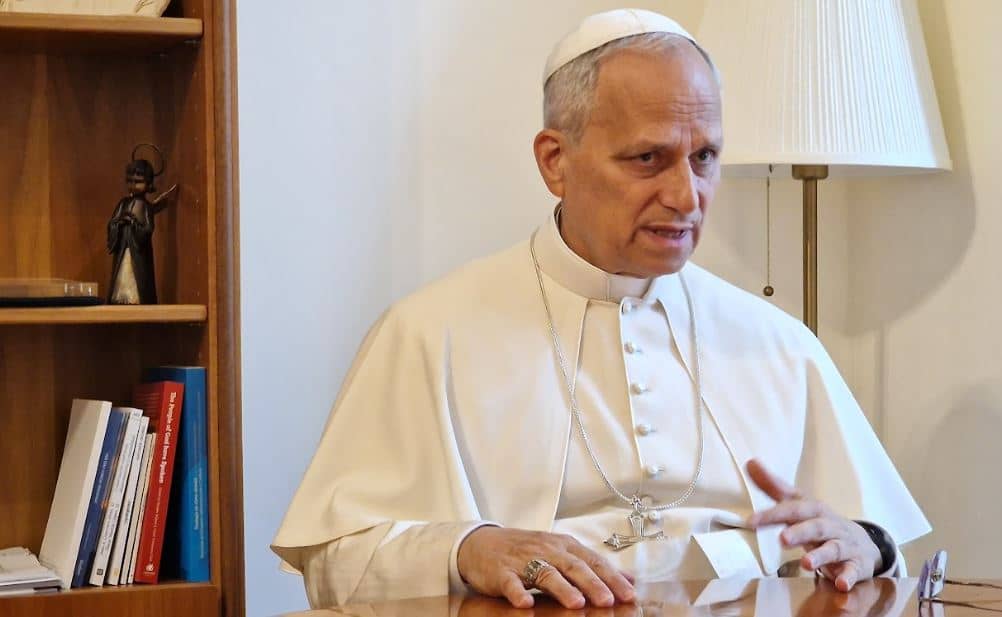[Editor’s Note: Dr. Tricia Bruce is Associate Professor of Sociology at Maryville College in Tennessee and a Research Associate Professor of Sociology at the University of Texas at San Antonio. Her research and teaching interests include the sociology of religion, Catholicism, organizations, social movements, and immigration, as well as applied sociology. She is the author of several books and articles in sociology, including Faithful Revolution: How Voice of the Faithful Is Changing the Church. Her latest book is Parish and Place: Making Room for Diversity in the American Catholic Church, which will be released in September. Bruce spoke to Charles Camosy.]
Camosy: As someone who has lived in several places in this country, and traveled to more, my sense is that many U.S. Catholics don’t really feel as if their parish is a primary part of their community. Is there data to back up that sense?
Bruce: American Catholics (like Americans in general) are increasingly mobile. Most of us no longer live, work, play, and worship, within the confines of a few square miles. Many Catholics drive by their closest parish to attend another that they prefer. This is especially true for minority Catholics.
Some parishes draw in Catholics who live throughout a diocese. What this means is that parishes don’t always mirror their immediate neighborhoods, in terms of demographic composition or close community ties. Some sociologists observe that, as a result, American congregations are less able to respond to the immediate needs of the neighborhoods in which they sit.
This seems like a marked change from the experience of most U.S. Catholics, especially Catholic immigrants, in the 19th and early 20th century, no?
Catholicism grew in the United States in large part due to successive waves of immigration and a Catholic infrastructure that (then primarily European) Catholics built. “National parishes” (a form of “personal parishes”) were common before 1920. They served the specific needs of ethnic Catholics, whether German, Polish, Portuguese or otherwise.
Parish and neighborhood were typically coterminous. A Polish parish sat in the middle of “Polishtown.” Many residents and real estate listings even called neighborhoods by parish name. National parishes – alongside Catholic schools, convents, rectories, charities, hospitals, and more – generated an enormous amount of social capital for first generation American Catholics through the turn of the 20th century. This helps to explain the extraordinary social mobility experienced by generations of American Catholics thereafter.
At some point, there was a push back against the growth of these personal parishes. Why?
Two things slowed the expansion of personal (national) parishes after 1920: (1) federal restrictions on immigration to the U.S. and (2) Catholic leaders who emphasized the need for parish boundaries and integrated, territorial parishes (as opposed to specialized, personal parishes).
Clear boundaries eased the burden of accounting for all Catholics in a given territory. They gave bishops better control over parish structures.
Some bishops vocally advocated against national parishes (echoing the kind of patriotic rhetoric that characterized America through World War II). This meant that immigrant Catholics arriving during much of the 19th century did not have access to the same institution-building capacity that earlier American Catholics leveraged for their own social mobility.
But in your book you detail how a 1983 change in canon law gave bishops more freedom to again sanction personal parishes in their dioceses. Why the shift back?
The newest canon law (1983) emerged out of the Second Vatican Council (1962-1965). Vatican II encourages local enculturation and subsidiarity, meaning that local bishops can evaluate how best to meet the needs of their own diverse flock. Regarding parishes, can. 518 specifies: “As a general rule a parish is to be territorial, that is, one which includes all the Christian faithful of a certain territory. When it is expedient, however, personal parishes are to be established determined by reason of the rite, language, or nationality of the Christian faithful of some territory, or even for some other reason” (emphasis mine).
Bishops need not consult the Vatican to establish personal parishes in their diocese, whether ethnic or otherwise. Accordingly, many have taken advantage of the personal parish as a renewed option to serve specialized populations of Catholics. The territorial parish is not the only organizational option to serve local Catholics. Purpose-based, personal parishes can be formed, too.
This seems to be a particularly important change for the current U.S. Catholic Church which, as you point out in the book, is the most racially and ethnically diverse it has ever been.
Absolutely – since the end of federal quotas on immigration in 1965, the U.S. Catholic Church has become ever more racially and ethnically diverse. More than one in four adult Catholics today are foreign-born.
Some 41 percent of Catholics are non-white, compared to 34 percent among Americans overall. Hispanic and Asian Americans constitute a growing proportion of U.S. Catholics.
Like their older, “national parish” counterparts, new personal parishes most commonly serve ethnic Catholic communities: Asian Catholics, in particular. The personal parish re-introduces the organizational capacity of the Catholic Church to serve specialized needs.
Personal parishes can offer Mass and other sacraments in preferred (non-English) languages, a space to celebrate cultural traditions, and a community of co-ethnics to foster personal identity and social, cultural, and religious expression. Personal parishes can help to preserve particular iterations of Catholicism, to retain Catholics in the Church, and to pass along the faith for generations to come.















